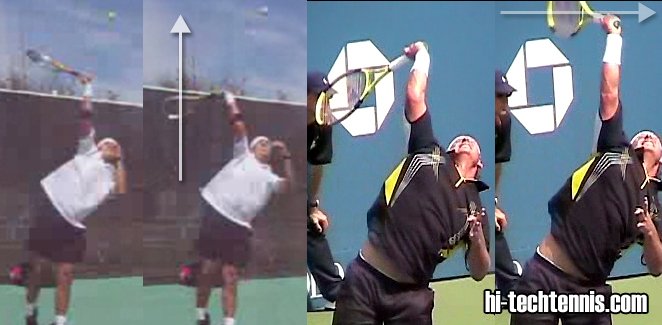Dandow93
New User
Relatively new player here, only attended about four or five lessons. I have just been taught a pretty basic service motion, and I feel like I will have reached as "good as it can get" pretty soon without changing my technique.
I was wondering what is the pattern of learning for the serve. After I've got my feet right, can get to the trophy pose, hit the ball etc - where do we go next? Is pronation next? Do we start jumping? Do I try to master my current motion in terms of placing the ball down the T/into the corners, all before basically having to overhaul my serve and learn to pronate etc? Or is it all just an incremental, minor adjustment process?
I know all this depends upon my goals/willingness to be worse in the short term to be better in the long term, but assuming I wanted nothing but to improve my game as best I can - what's the standard progression?
Thanks,
Dan
Included a quick clip below from a week or so ago (before my coach had taught us anything about serving). Since then I've fixed up my foot placement so that my front foot is facing the netpost - with my back foot parallel to the baseline, and my toes in line with the heel of my front foot. I've also started bending my knees more. Roast me.
https://i.imgur.com/i3tYLho.mp4
I was wondering what is the pattern of learning for the serve. After I've got my feet right, can get to the trophy pose, hit the ball etc - where do we go next? Is pronation next? Do we start jumping? Do I try to master my current motion in terms of placing the ball down the T/into the corners, all before basically having to overhaul my serve and learn to pronate etc? Or is it all just an incremental, minor adjustment process?
I know all this depends upon my goals/willingness to be worse in the short term to be better in the long term, but assuming I wanted nothing but to improve my game as best I can - what's the standard progression?
Thanks,
Dan
Included a quick clip below from a week or so ago (before my coach had taught us anything about serving). Since then I've fixed up my foot placement so that my front foot is facing the netpost - with my back foot parallel to the baseline, and my toes in line with the heel of my front foot. I've also started bending my knees more. Roast me.
https://i.imgur.com/i3tYLho.mp4
Last edited:





